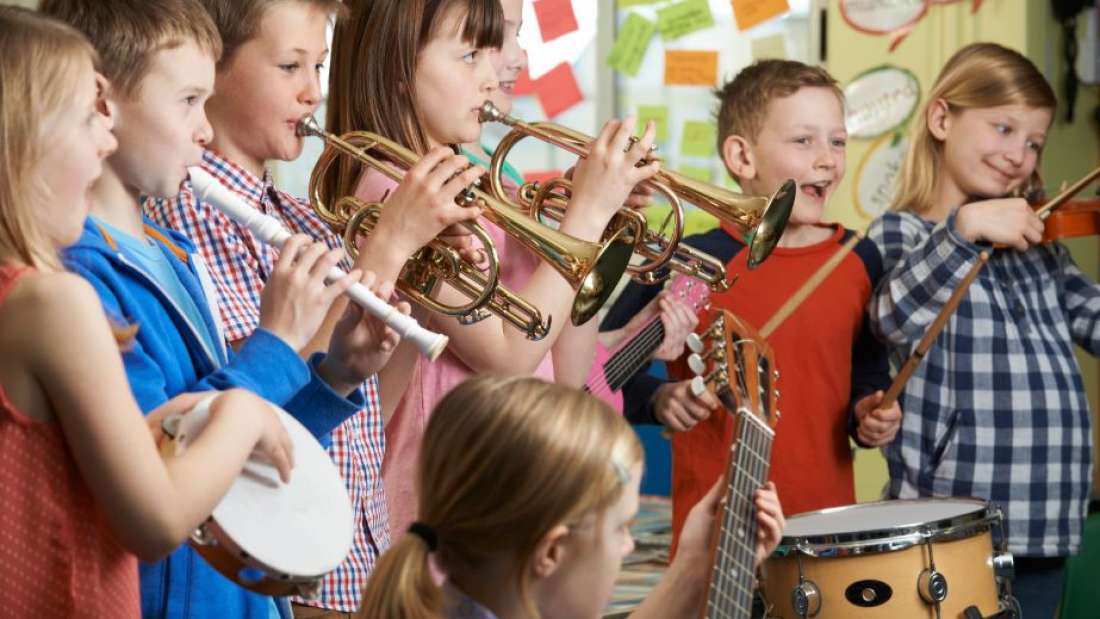- Study Says Most Parents Don’t Use Car Seats In Ride Share Vehicles Like Uber
- This 12-Year-Old Boy Is A Sophomore Aerospace Engineering Major!
- Fire Safety Experts Warn Of Hand Sanitizer Danger After A Mom and Kids Escape House Fire
- Recall Alert: Peaches May Be The Cause Of Salmonella Outbreak, 68 People Ill
- Summer Vacation In The Days Of COVID: Tips To Stay Safe
- How To Safely Grocery Shop During The Coronavirus Pandemic
- Michigan Teen With Vape-Related Illness Undergoes Double Lung Transplant
- Teen Kicks Off Anti-Vaping Campaign From Hospital Bed
- Teenager Receives Life Sentence For Strangling Sister To Death Over A Wi-Fi Password
- Toddler Falls To Death From 11th Deck of Cruise Ship
Learning Music Gives Kids Extra Brain Connections


Teaching young children to play a musical instrument helps them to develop new brain connections that could stand them in good stead for the rest of their lives.

According to new research set to be presented at the upcoming annual meeting of the Rodiological Society of North America in Chicago, these musically-induced pathways might even help to stave off autism and attention deficit hyperactivity disorder (ADHD).
In a statement, researcher Pilar Dies-Suarez explained that “it’s been known that musical instruction benefits children with these disorders,” but until now no one had identified how tuneful training brings about this effect.
She and her team therefore decided to scan the brains of 23 children between the ages of five and six using a technique called diffusion tensor imaging (DTI), before and after a nine-month course of musical training, during which they learned to play Boomwhackers. These are percussion tubes of varying lengths that produce different tones when struck, and are in fact much more melodious than their name suggests.
The researchers focused in on a type of brain tissue called white matter, which contains the nerve fibers – known as axons – that connect neurons together so that different regions of the brain can communicate with one another.
Previous research has shown that children with autism and ADHD tend to have decreased white matter in certain regions of the brain’s frontal cortex, indicating a lower density of axons.
At the end of nine months of Boomwhacking, DTI scans revealed that the volume of white matter in the frontal cortex of all 23 children had increased, indicating that the musical training had sparked the generation of new axons and therefore enhanced connectivity between different brain regions.
“When a child receives musical instruction, their brains are asked to complete certain tasks,” says Dies-Suarez. “These tasks involve hearing, motor, cognition, emotion and social skills, which seem to activate these different brain areas. These results may have occurred because of the need to create more connections between the two hemispheres of the brain.”







0 comments